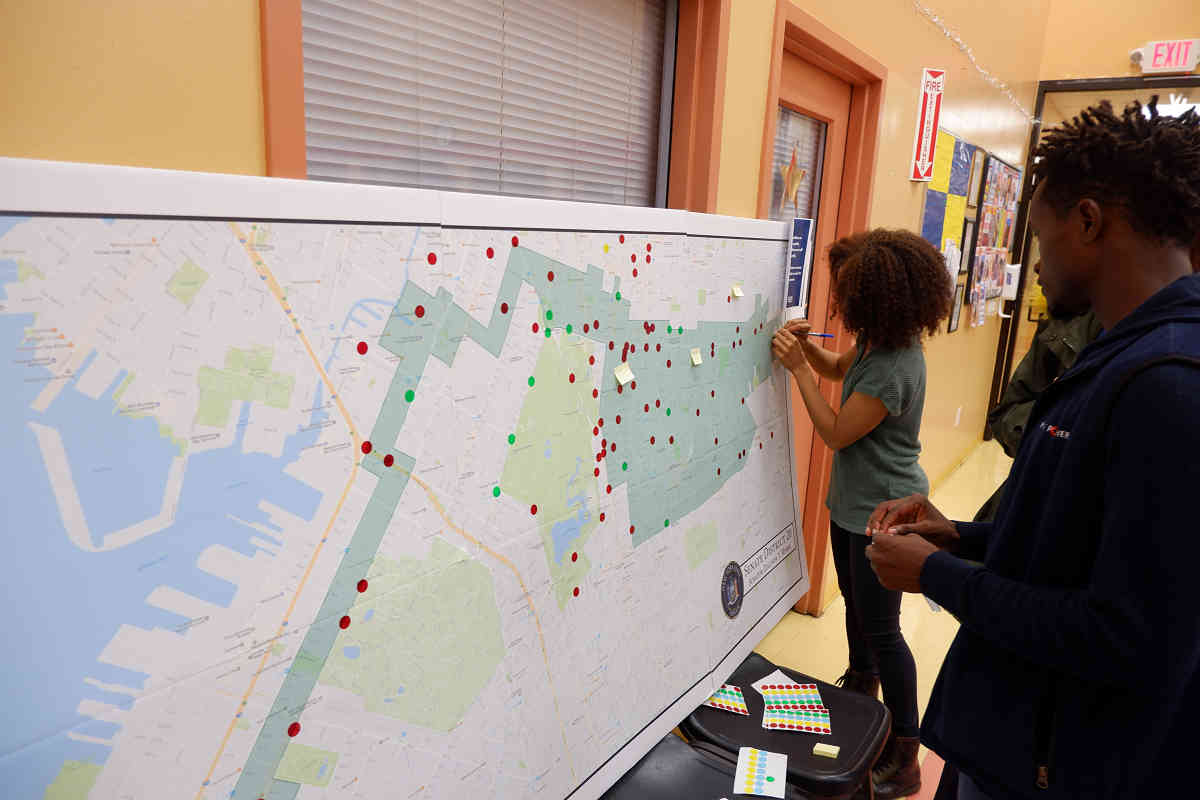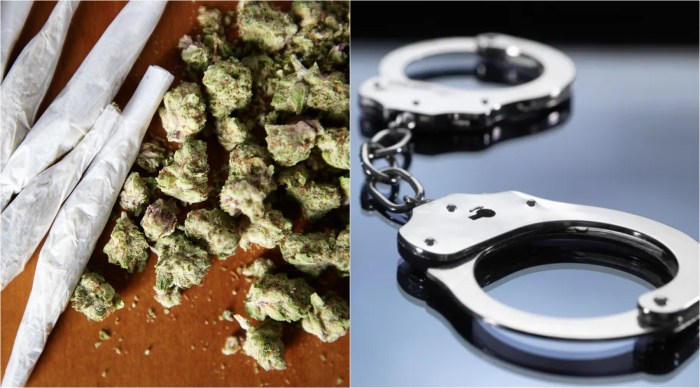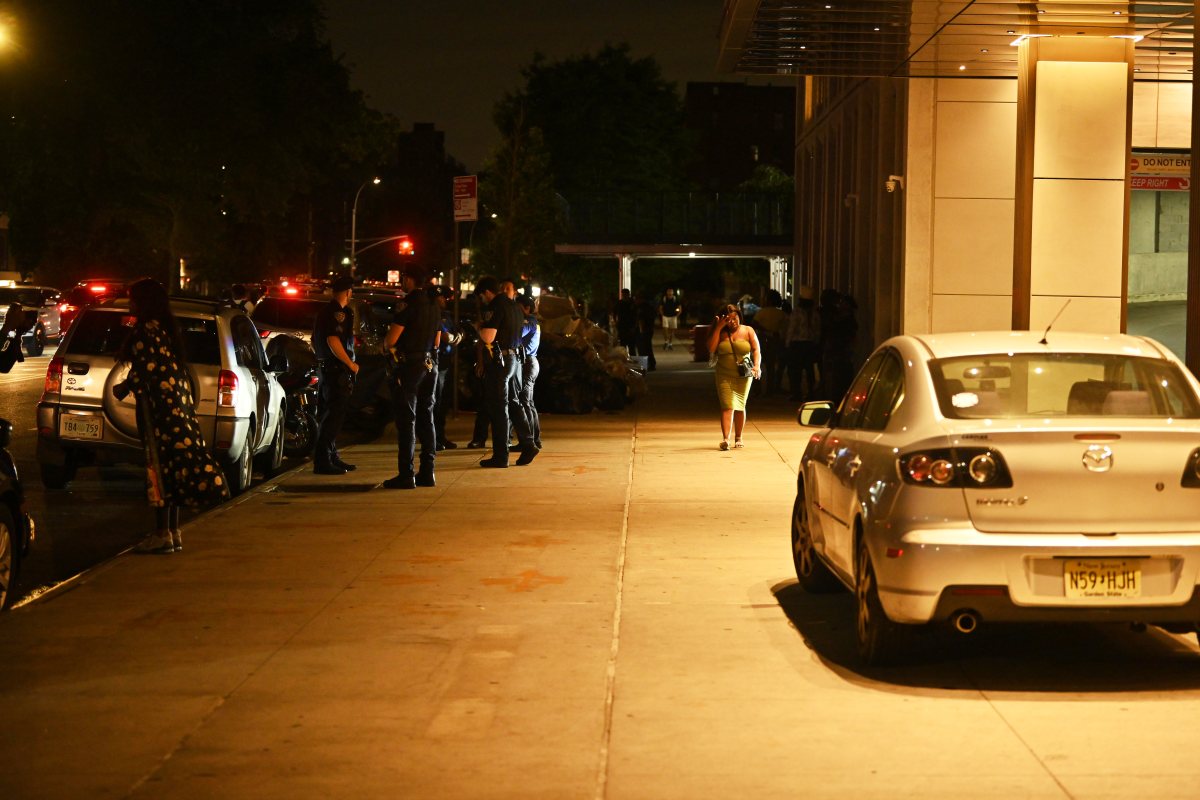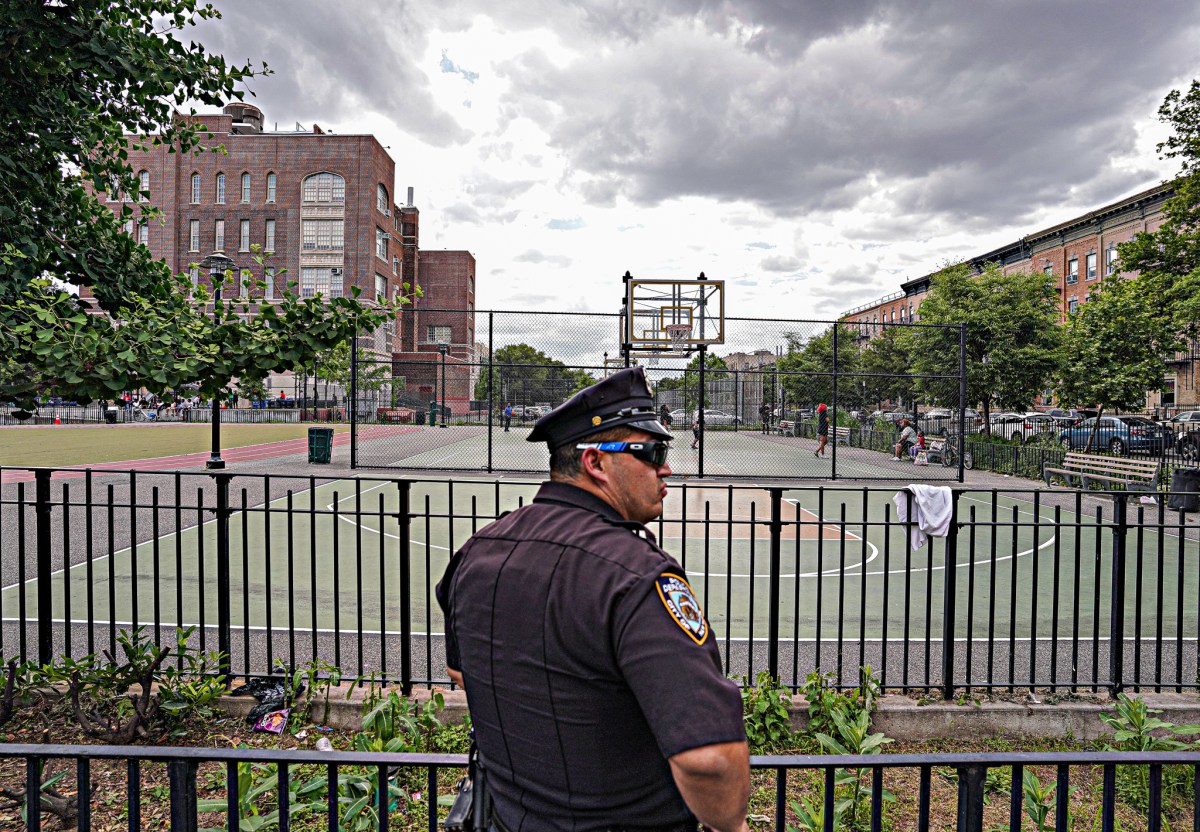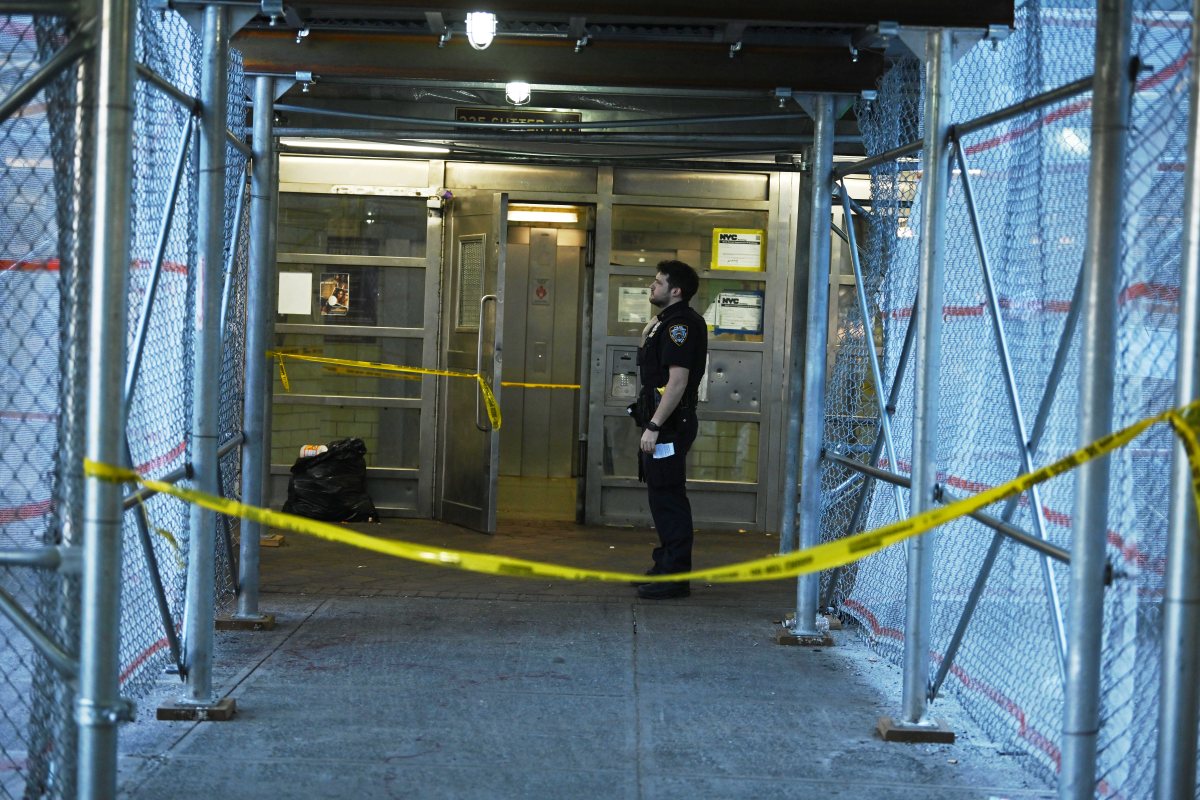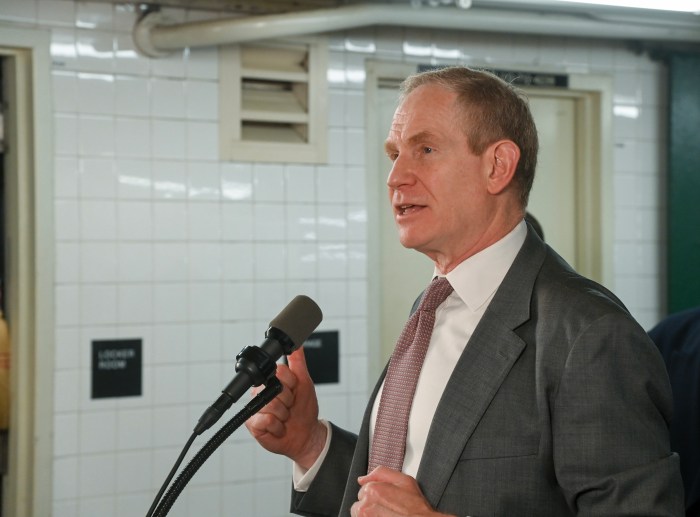Bike advocates accused the city of constructing bike lanes to protect rich, white Brooklynites, while leaving impoverished cyclists of color to fend for themselves at a meeting in Crown Heights on Wednesday.
“A lot of the changes that we’ve seen have been in predominantly gentrified neighborhoods that have a lot of white settlers or a lot of money,” E. Flatbush resident Mohamed Bah said at the meeting hosted by state Sen. Zellnor Myrie (D–Crown Heights). “In Park Slope the bike lanes are separated from the street. In my neighborhood… there’s only a white line that’s separating me from the cars.”
Myrie — whose 20th Senate District has only one protected cycle lane, located on Eastern Parkway, east of Prospect Park — hosted the gathering at a Sterling Place health center to discuss bike lane equity with about 100 resident cyclists and transit advocates, who pored over an interactive map showing cycling paths throughout the borough.
Park Slope — while not exactly overflowing with protected bike lanes — features both uptown and crosstown protected bike lanes on Prospect Park West and Ninth Street respectively, and the Department of Transportation is currently hard at work constructing a third protected cycling path along Fourth Avenue.
And the Brownstone neighborhood, not unlike parts of Crown Heights and Bedford-Stuyvesant, is flush with unprotected bike lanes, which grow scarce in black communities such as Flatbush, E. Flatbush, East New York, and Canarsie.
That said, bike lanes of all sorts begin to thin out the deeper you head into southern Brooklyn regardless of demographics, and neighborhoods such as Marine Park, Sheesphead bay, Midwood, Gravesend, Dyker Heights, and Bensonhurst remain bike lane deserts as well.
Transportation officials are currently looking to enhance safety along the southern and eastern borders of Prospect Park, and the Department of Transportation unveiled plans to build protected bike lanes on Parkside Avenue, Ocean Avenue, and Flatbush Avenue earlier this year.
City legislators also approved a bill Wednesday spearheaded by City Council Speaker Corey Johnson to construct 250 miles of protected bike lanes throughout the city within a five-year period, although that $1.7 billion expansion of the city’s bike network won’t begin a month before Mayor de Blasio leaves office in 2022.
At the meeting, locals used Myrie’s interactive map to identify dangerous area’s throughout the district, tagging intersections including:
• Flatbush Avenue at Lincoln Road
• St. Johns Place between Rogers and New York avenues
• Empire Boulevard between Utica Avenue and Prospect Park
• Pitkin Avenue in Brownsville, a block from where 57-year-old cyclist Ernest Askew was fatally hit by a driver.
One Bedford-Stuyvesant advocate said that poor cycling infrastructure in those areas don’t reflect the growing numbers of bikers on the streets.
“On Eastern Parkway it gets a little hairy and on Pitkin Avenue it gets a little crazy,” said Dulcie Canton, a cycling advocate with Transportation Alternatives. “We need to have more of those facilities because if people don’t feel safe they’re just not going to take this up.”
A nurse living in Crown Heights claimed the lack of good cycling infrastructure promotes driving, which in turn increases pollution that results in negative health effects for locals.
“Black women have a premature birthrate that’s twice as high as the overall premature birthrate ,” said Katy McFadden. “When you look at maps of pollution in New York City, it’s right over the predominantly black neighborhoods. If you look at where the bike lanes are, where your Citi Bikes are, where it’s safe to bike, it’s a perfect overlap.”
A bike lane engineer for the Transportation Department said the area’s lack of bike infrastructure dated back to its heady commercial traffic in the past and that the agency has failed to keep pace with changing populations.
“It takes time to look at and we have to address the commercial traffic but you also have to redevelop how those streets are moving to match the population that’s moving to those areas,” said Olguine Alcide.
